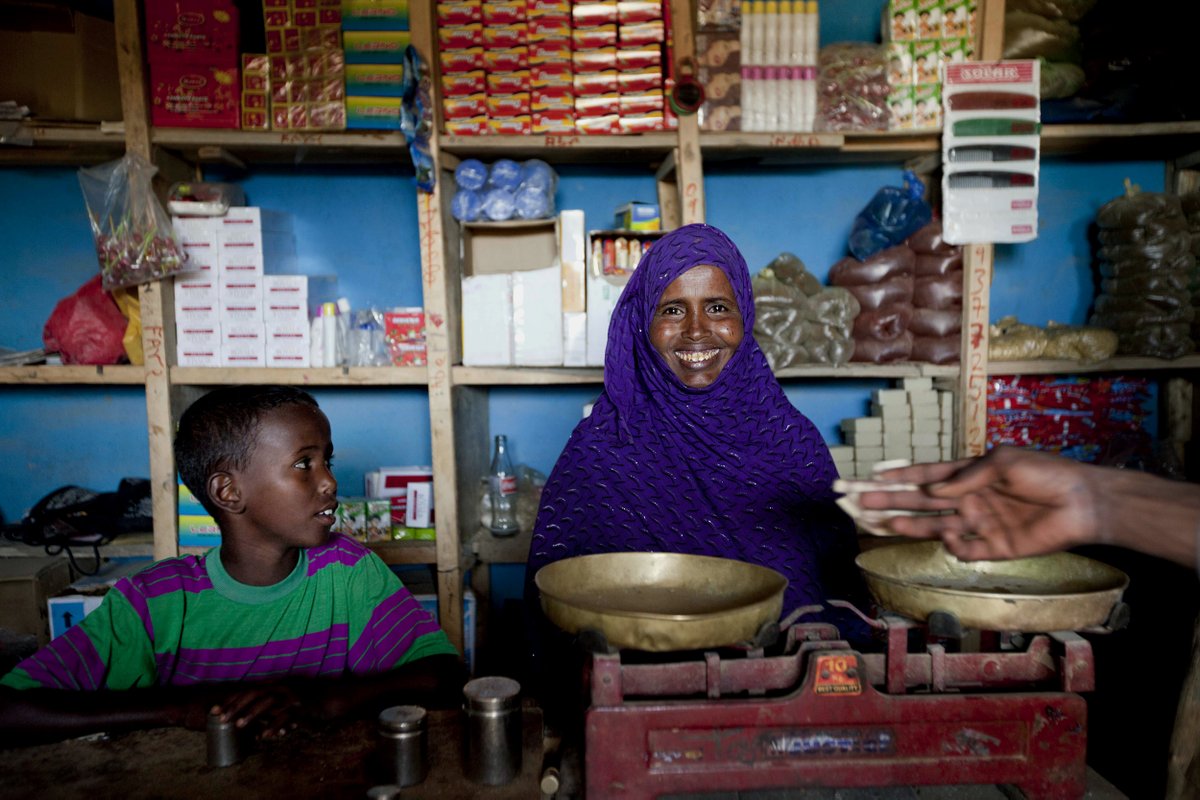
New York: The number of international migrants globally reached an estimated 272 million in 2019, an increase of 51 million since 2010. Currently, international migrants comprise 3.5 per cent of the global population, compared to 2.8 per cent in the year 2000, according to new estimates released by the United Nations. The International Migrant Stock 2019, a dataset released by the Population Division of the UN Department of Economic and Social Affairs (DESA) provides the latest estimates of the number of international migrants by age, sex and origin for all countries and areas of the world. The estimates are based on official national statistics on the foreign-born or the foreign population obtained from population censuses, population registers or nationally representative surveys. UN Under-Secretary-General for DESA, Liu Zhenmin, said, “This data is critical for understanding the important role of migrants and migration in the development of both countries of origin and destination. Facilitating orderly, safe, regular and responsible migration and mobility of people will contribute much to achieving the Sustainable Development Goals." In 2019, regionally, Europe hosts the largest number of international migrants (82 million), followed by Northern America (59 million) and Northern Africa and Western Asia (49 million). At the country level, about half of all international migrants reside in just 10 countries, with the United States of America hosting the largest number of international migrants (51 million), equal to about 19 per cent of the world’s total. Germany and Saudi Arabia host the second and third largest numbers of migrants (13 million each), followed by the Russian Federation (12 million), the United Kingdom (10 million), the United Arab Emirates (9 million), France, Canada and Australia (around 8 million each) and Italy (6 million). Concerning their place of birth, one-third of all international migrants originate from only ten countries, with India as the lead country of origin, accounting for about 18 million persons living abroad. Migrants from Mexico constituted the second largest “diaspora” (12 million), followed by China (11 million), the Russian Federation (10 million) and the Syrian Arab Republic (8 million). The share of international migrants in total population varies considerably across geographic regions with the highest proportions recorded in Oceania (including Australia and New Zealand) (21.2 per cent) and Northern America (16.0 per cent) and the lowest in Latin America and the Caribbean (1.8 per cent), Central and Southern Asia (1.0 per cent) and Eastern and South-Eastern Asia (0.8 per cent). Most international migrants move between countries located within the same region. A majority of international migrants in sub-Saharan Africa (89 per cent), Eastern and South-Eastern Asia (83 per cent), Latin America and the Caribbean (73 per cent), and Central and Southern Asia (63 per cent) originated from the region in which they reside. By contrast, most of the international migrants that lived in Northern America (98 per cent), Oceania (88 per cent) and Northern Africa and Western Asia (59 per cent) were born outside their region of residence. Forced displacements across international borders continues to rise. Between 2010 and 2017, the global number of refugees and asylum seekers increased by about 13 million, accounting for close to a quarter of the increase in the number of all international migrants. Northern Africa and Western Asia hosted around 46 per cent of the global number of refugees and asylum seekers, followed by sub-Saharan Africa (21 per cent). Turning to the gender composition, women comprise slightly less than half of all international migrants in 2019. The share of women and girls in the global number of international migrants fell slightly, from 49 per cent in 2000 to 48 per cent in 2019. The share of migrant women was highest in Northern America (52 per cent) and Europe (51 per cent), and lowest in sub-Saharan Africa (47 per cent) and Northern Africa and Western Asia (36 per cent). In terms of age, one out of every seven international migrants is below the age of 20 years. In 2019, the dataset showed that 38 million international migrants, equivalent to 14 per cent of global migrant population, were under 20 years of age. Sub-Saharan Africa hosted the highest proportion of young persons among all international migrants (27 per cent), followed by Latin America and the Caribbean, and Northern Africa and Western Asia (about 22 per cent each). Three out of every four international migrants are of working age (20-64 years). In 2019, 202 million international migrants, equivalent to 74 per cent of the global migrant population, were between the ages of 20 and 64. More than three quarters of international migrants were of working age in Eastern and South-Eastern Asia, Europe and Northern America.